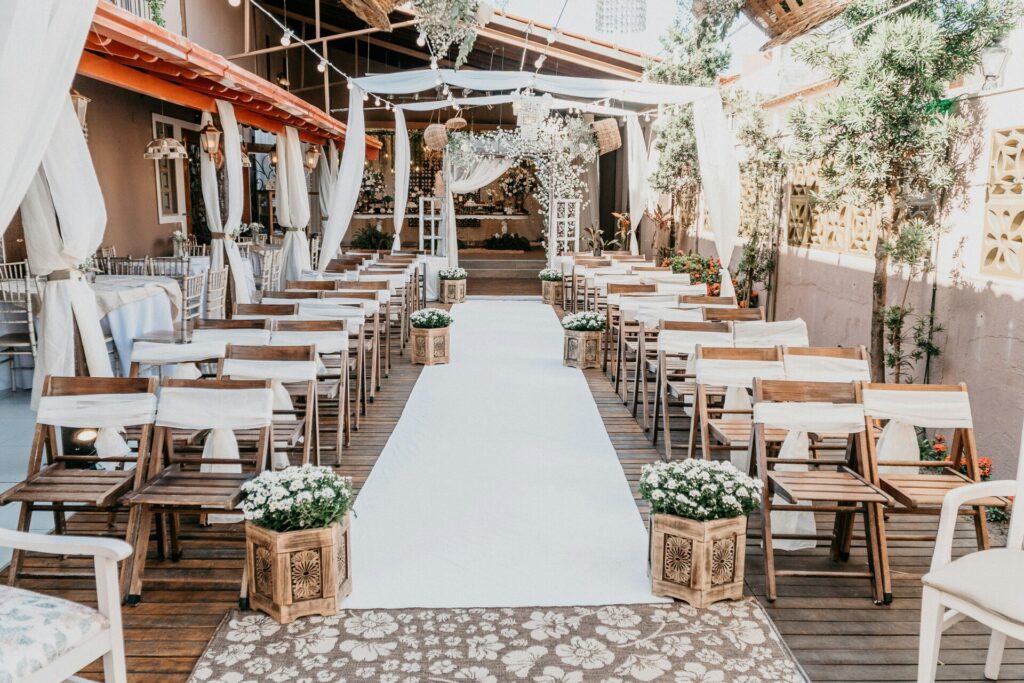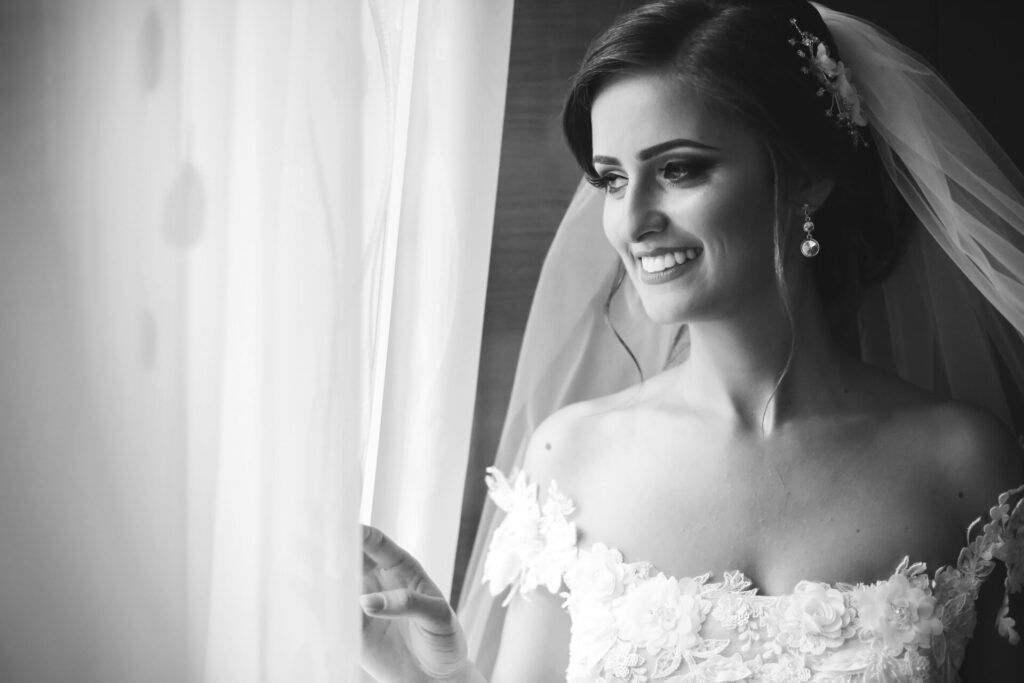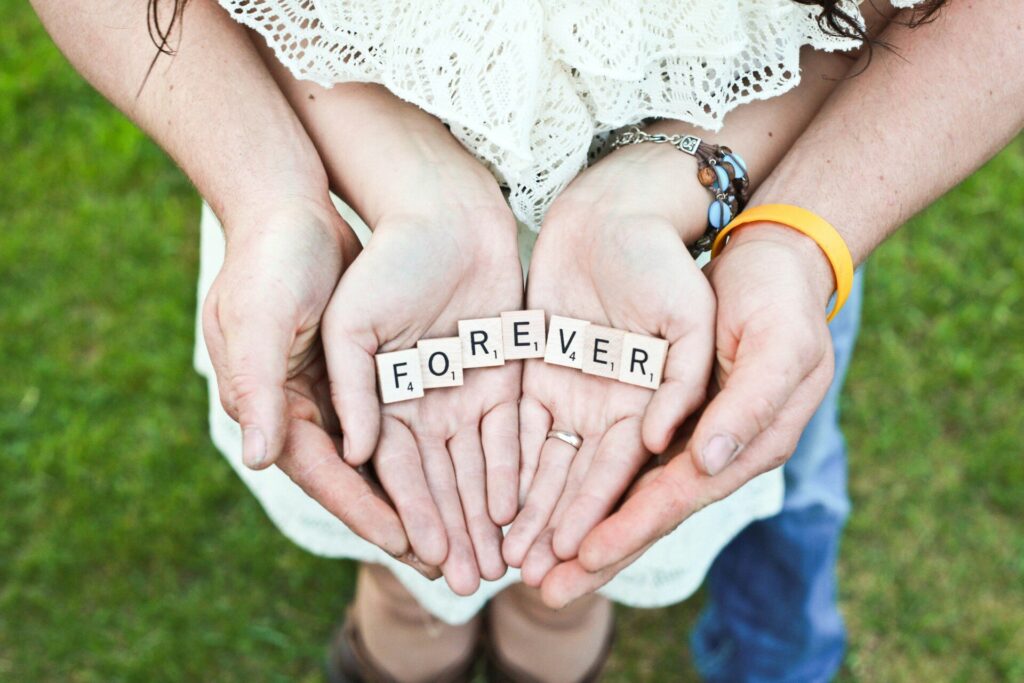Weddings are one of the most significant moments in a couple’s life, celebrated with love, joy, and traditions passed down through generations. Every culture has its own unique wedding customs, each filled with symbolism, meaning, and a deep connection to heritage. From elaborate multi-day festivities to small but powerful rituals, these traditions make weddings even more special and memorable.
Exploring wedding traditions from around the world can be an inspiring way to add a personal and meaningful touch to your own celebration. Some customs focus on love and unity, while others bring good luck, prosperity, and happiness to the couple’s new journey together. Whether it’s an ancient ritual, a colorful ceremony, or a symbolic gesture, these traditions highlight the beauty of different cultures and their approach to love and marriage. If you’re planning your big day or simply love discovering unique customs, learning about wedding traditions worldwide can spark ideas and appreciation for how love is honored in different corners of the globe.
Chinese Wedding Traditions: Symbols of Harmony and Prosperity
Chinese wedding traditions are rich with symbolism, each element thoughtfully chosen to bring harmony and prosperity to the newlyweds. One of the most significant customs is the tea ceremony, where the couple serves tea to their elders as a sign of respect and gratitude. This act not only honors family members but also symbolizes the merging of two families into one. The color red plays a central role in Chinese weddings. It is believed to ward off evil spirits and bring good luck. From red wedding dresses to red decorations, this vibrant hue sets a joyful tone for the celebration. Additionally, Chinese couples often incorporate the double happiness symbol, a traditional emblem representing marital bliss, into their decorations and attire.
Another fascinating tradition is the bridal procession. The groom’s party embarks on a fun-filled journey to the bride’s home, where they must pass various challenges set by the bridesmaids. These games are designed to test the groom’s determination and love, ensuring he is worthy of the bride. Banquets are elaborate affairs featuring multiple courses, each representing different blessings for the couple. Dishes like fish for abundance and noodles for longevity are commonly served. Firecrackers and lion dances add excitement and drive away any lingering bad luck, ensuring a prosperous start to the marriage.

In modern times, many Chinese couples blend traditional customs with contemporary elements, creating weddings that honor their heritage while reflecting their personal styles. Whether through traditional attire, symbolic rituals, or festive celebrations, Chinese wedding traditions offer a meaningful and vibrant foundation for your big day.
Filipino Wedding Traditions: A Celebration of Family and Faith
Filipino wedding traditions beautifully emphasize the importance of family and faith. A key ceremony is the ‘Church Wedding,’ where the couple exchanges vows in a sacred setting, often adorned with religious symbols. This reflects the deep-rooted Catholic faith that shapes many Filipino weddings, highlighting the spiritual foundation of marriage. One cherished tradition is the ‘Arrhae,’ a ritual where the groom gives the bride thirteen coins symbolizing his commitment to provide for the family. These coins represent prosperity and shared responsibility, reinforcing the partnership between the couple.
The ‘Veil and Cord’ ceremony is another unique aspect. The veil signifies unity and the couple’s willingness to protect each other, while the cord, often shaped in a figure-eight, symbolizes everlasting fidelity. These elements are typically blessed by a priest, adding a sacred touch to the union.Filipino weddings are known for their lively receptions, featuring vibrant music, dance, and sumptuous feasts. Traditional dishes like lechon (roast pig) and pancit (noodle dish) are served, symbolizing abundance and long life. The vibrant atmosphere fosters a sense of community, celebrating the couple with warmth and joy.
Money Dance is a popular tradition where guests pin money onto the bride and groom as a gesture of support and goodwill. This interactive element not only entertains guests but also helps the couple start their new life together with financial blessings. Filipino wedding traditions seamlessly blend cultural heritage with heartfelt customs, creating ceremonies that honor both family ties and spiritual values. These traditions offer inspiring elements to incorporate into your wedding, ensuring a day filled with love, faith, and joyous celebration.
Indian Wedding Traditions: A Colorful Journey of Love

Indian wedding traditions are a vibrant tapestry of rituals and ceremonies that celebrate love, heritage, and the union of two families. One of the most iconic traditions is the ‘Sangeet,’ a festive night filled with music, dance, and performances by family members. This event fosters joy and camaraderie, setting the tone for the wedding festivities. The exchange of ‘Jaimala,’ or floral garlands, is a significant ceremony symbolizing the mutual respect and acceptance of the couple. This gesture represents their commitment to honor and cherish each other throughout their lives.
Another essential tradition is the ‘Mangalsutra,’ a sacred necklace the groom ties around the bride’s neck. This symbolizes the groom’s promise to protect and support the bride, signifying their eternal bond. Alongside, the ‘Sindoor,’ a red vermilion powder, is applied to the bride’s hair parting as a mark of marriage and fertility. The ‘Saat Phere’ or seven circles around a sacred fire are central to the wedding ceremony. Each circle represents a specific vow, such as companionship, health, prosperity, and love. This ritual underscores the sacred promises the couple makes to each other, binding them in a lifelong partnership.
Indian weddings are also known for their lavish attire and intricate henna designs. The bride often wears a stunning sari or lehenga adorned with elaborate embroidery, while the groom dons a traditional sherwani. These outfits reflect the rich cultural heritage and add to the splendor of the celebrations. With their colorful rituals and heartfelt ceremonies, Indian wedding traditions offer a deeply meaningful and visually stunning inspiration for your big day. Embracing these customs can create a wedding that honors love, tradition, and the joyous union of two souls.
Ukrainian Wedding Traditions: Joyful Ceremonies and Customs
Ukrainian wedding traditions are a delightful blend of ancient customs and heartfelt rituals that celebrate the union of two families. A prominent tradition is the ‘Crown Ceremony,’ where the bride and groom wear ornate crowns or ‘vinok,’ symbolizing their role as the king and queen of their new household. These crowns often feature intricate designs and floral elements, adding a regal touch to the ceremony. The ‘Rushnyk’ or embroidered towel dance is a central part of Ukrainian weddings. The couple stands on the embroidered towel, holding hands, and dance together, symbolizing their commitment to support and nurture each other. This dance reflects the importance of unity and cooperation in marriage.
Another cherished tradition is the ‘Korovai, a beautifully decorated wedding bread shared among guests. The korovai is intricately designed with symbolic motifs representing fertility, prosperity, and the everlasting bond between the couple. Sharing this bread signifies community and collective blessings for the newlyweds. Ukrainian weddings also feature lively music and folk dances, creating an atmosphere of joy and celebration. Traditional instruments like the bandura and accordion enhance the festive spirit, encouraging guests to join in the dancing and merriment.
The ‘Veselynka’ ceremony involves the playful behavior of the couple before the wedding day, such as hiding the bride or groom as part of the courtship rituals. These light-hearted moments add fun and laughter to the celebrations, reflecting the joyous nature of Ukrainian weddings.Incorporating Ukrainian wedding traditions can bring a sense of cultural richness and heartfelt sentiment to your big day. These customs emphasize love, community, and the joyous celebration of a new beginning, inspiring a wedding filled with warmth and happiness.

Korean Wedding Traditions: Elegance and Respect in Matrimony
Korean wedding traditions are characterized by their elegance, respect for heritage, and the emphasis on familial bonds. A notable tradition is the ‘Paebaek,’ a post-wedding ceremony where the bride offers dates and chestnuts to the groom’s family. These fruits symbolize children, and this ritual is a way for the bride to show her respect and commitment to becoming part of the groom’s family. The ‘Hanbok,’ traditional Korean attire, plays a significant role in weddings. The bride typically wears a vibrant hanbok with intricate embroidery, while the groom dons a complementary outfit. These colorful garments reflect the beauty and grace of Korean culture, adding a timeless elegance to the ceremony.
Another important tradition is the ‘Jeonanrye,’ where the couple bows deeply to each other and their families, expressing gratitude and respect. This act of bowing symbolizes the humility and honor that are integral to Korean values, reinforcing the importance of family in marriage. Korean weddings often feature a ‘Pyebaek’ ceremony, where the bride and groom participate in traditional games and offer gifts to the families. These activities foster a sense of unity and cooperation, celebrating the new union while honoring both families.
Festive music and dance are also integral to Korean weddings, with traditional instruments like the gayageum adding a melodic touch to the celebrations. The lively performances create a joyful atmosphere, inviting guests to partake in the festivities. Incorporating Korean wedding traditions can bring a sense of grace and cultural depth to your wedding. These customs emphasize respect, elegance, and the harmonious blending of families, inspiring a ceremony that honors both heritage and love.
Mexican Wedding Traditions: Vibrant Festivities and Rituals
Mexican wedding traditions are known for their vibrant festivities, rich symbolism, and joyful celebrations. A central tradition is the ‘Lazo’ ceremony, where a rosary or decorative rope is placed in a figure-eight shape around the couple’s shoulders, symbolizing their eternal bond and unity. This ritual signifies the inseparable connection the couple shares as they embark on their married life together. The ‘Arras’ or wedding coins are another important element. The groom presents the bride with thirteen gold coins, representing his commitment to provide and support the family. This gesture symbolizes trust, partnership, and the shared responsibilities of marriage.
Mexican weddings often feature lively mariachi bands, whose spirited music sets a festive tone for the celebrations. The upbeat tunes encourage guests to dance and immerse themselves in the joyous atmosphere, creating unforgettable memories for the couple and their loved ones. Traditional Mexican cuisine plays a significant role in the wedding reception. Dishes like tamales, pozole, and enchiladas are commonly served, offering a flavorful experience that honors the country’s culinary heritage. The abundance of delicious food reflects the wish for prosperity and happiness in the couple’s future.

The ‘Money Dance’ is a popular tradition where guests pin money onto the bride and groom as a gesture of support and goodwill. This interactive element not only entertains guests but also helps the couple start their new life together with financial blessings. Mexican wedding traditions bring color, energy, and heartfelt customs to your big day. Embracing these vibrant rituals can create a celebration filled with love, joy, and cultural richness, making your wedding truly unforgettable.
Polish Wedding Traditions: Graceful Customs and Heartfelt Rituals
Polish wedding traditions are steeped in grace, symbolism, and heartfelt rituals that celebrate the union of two individuals and their families. One of the most cherished customs is the ‘Oczepiny,’ a traditional hat-throwing ceremony that marks the end of the wedding festivities. During this event, the bride tosses her veil into the crowd, symbolizing her transition from maidenhood to married life and inviting luck and prosperity. The ‘Chleb i Sól,’ or bread and salt ceremony, is a meaningful ritual where the couple is offered bread and salt by their parents. Bread represents prosperity and sustenance, while salt symbolizes durability and the ability to preserve a strong marriage. This gesture underscores the importance of mutual support and the foundation of love in the marriage.
Polish weddings also feature the ‘Wigilia,’ a pre-wedding celebration where family and friends gather for a festive meal. This gathering fosters a sense of community and shared joy, setting a warm and welcoming tone for the upcoming wedding day. Another significant tradition is the ‘Kirga,’ a wedding blessing where guests bestow blessings upon the couple. These blessings often include wishes for happiness, prosperity, and a harmonious life together, reflecting the collective hopes and dreams of the community for the newlyweds.
The ‘Toast of the Years’ is an important part of the reception, where speeches and toasts honor the couple’s journey and future together. This heartfelt tradition allows loved ones to express their support and share personal messages of love and encouragement. Incorporating Polish wedding traditions can add a touch of elegance and deep cultural significance to your wedding. These customs emphasize love, community, and the graceful celebration of a new beginning, inspiring a wedding that is both beautiful and meaningful.